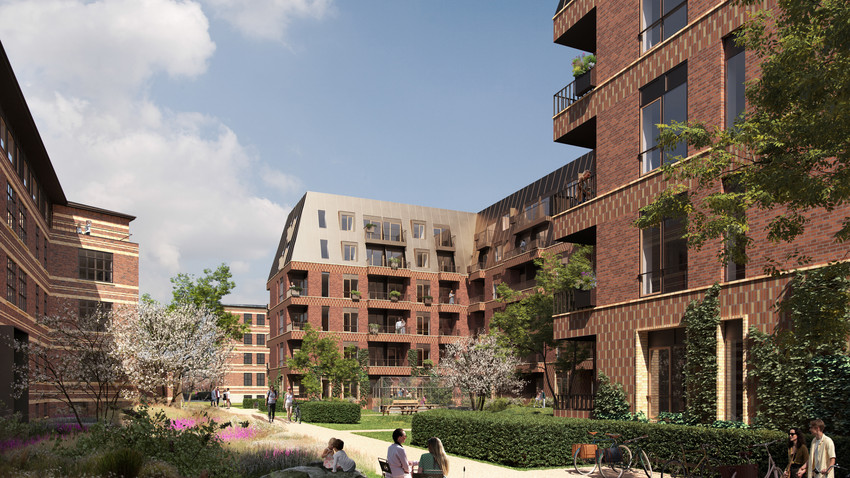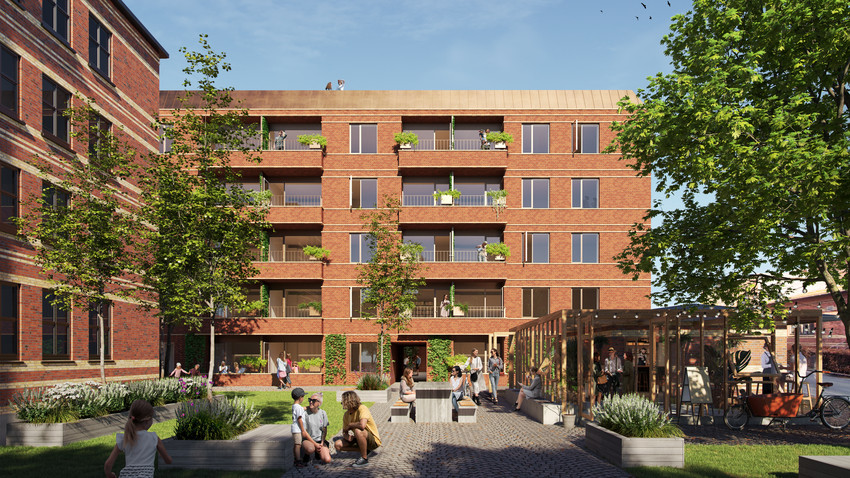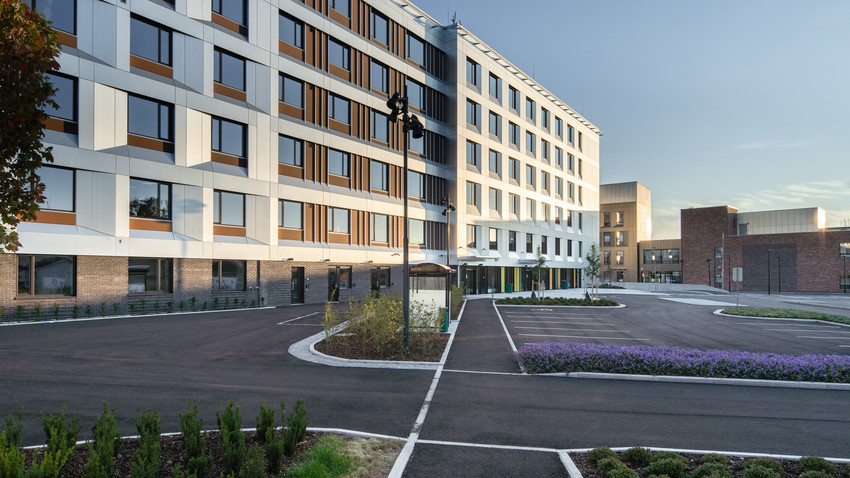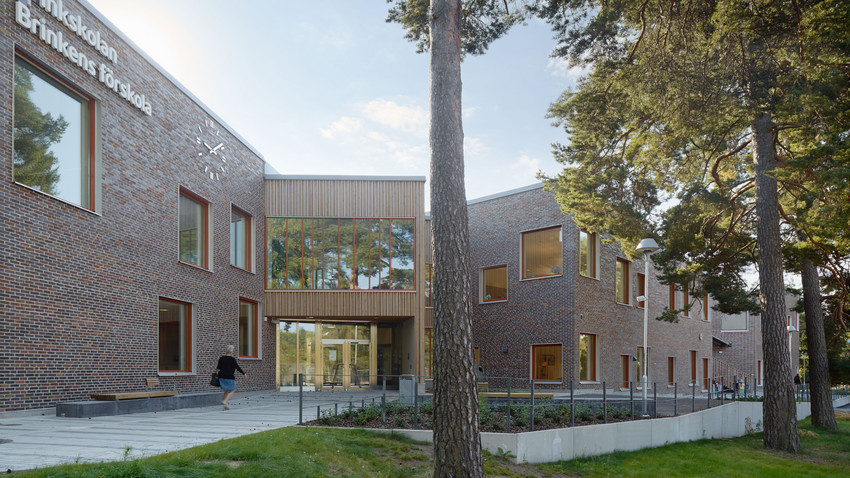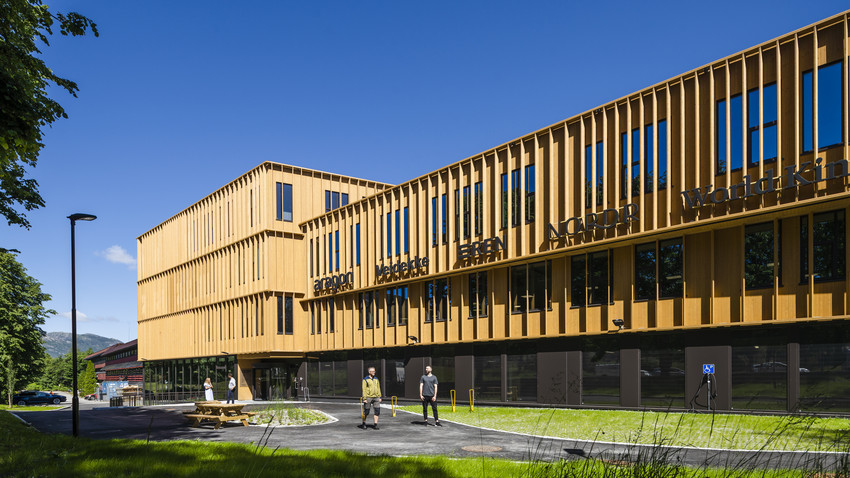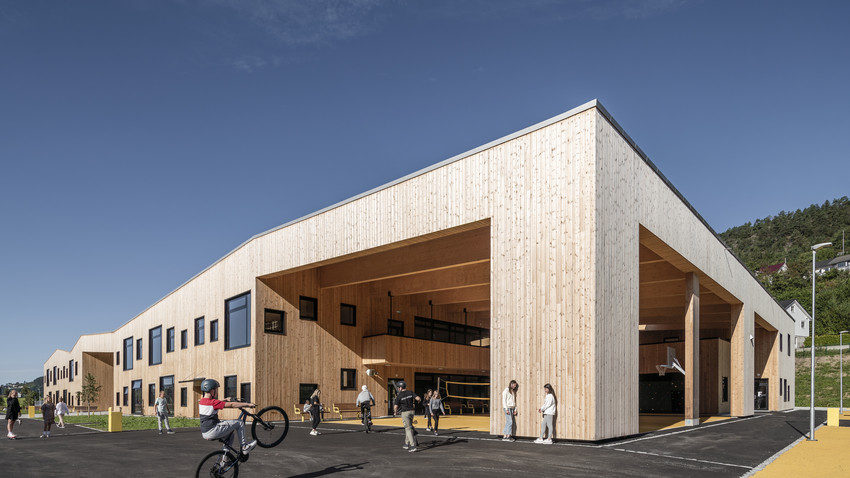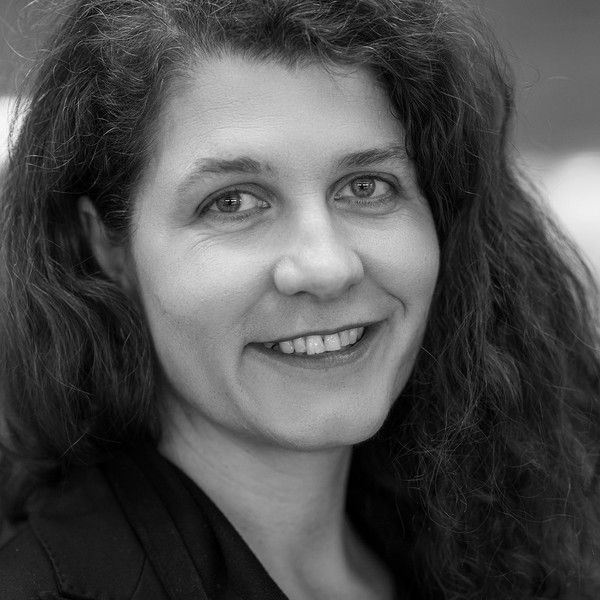Sustainability
Sustainability is no longer about making less bad choices, but about maximising the positive impact. We have analysed the societal challenges that offer the greatest opportunity for us to contribute to UN's global goals for sustainable development, and defined how they can be applied in projects.
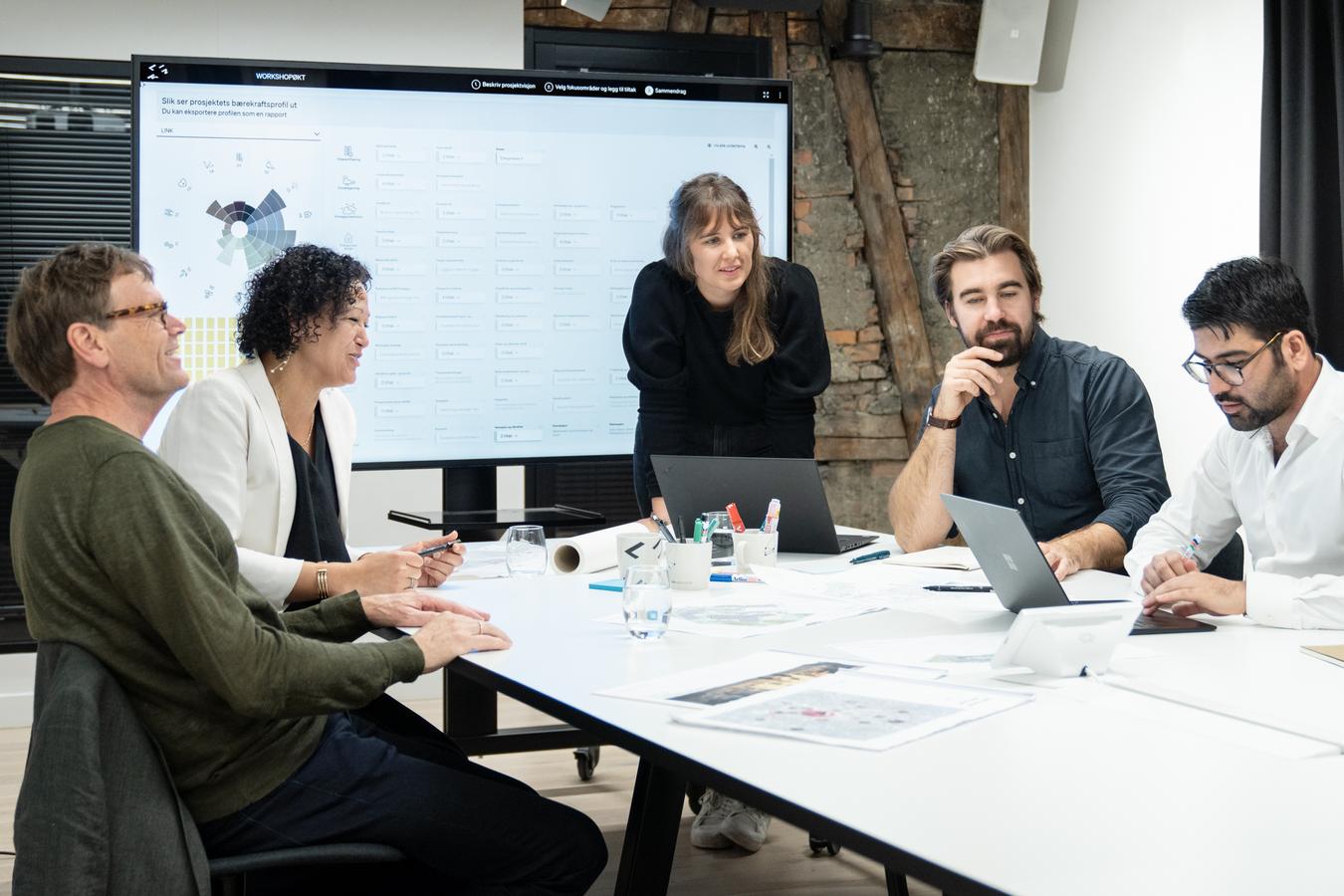
LINK Compass® for sustainable architecture
The Sustainability Compass is our own in-house tool and starting point in our sustainability work.
Impact Architecture – a powerful tool for sustainability and profitability in construction projects
We take a structured approach to sustainable development and value-creation in our projects. With six prioritised areas linked to the UN’s global goals for sustainable development, we maximise the societal benefit of the investment you make as a client. We call this Impact Architecture.
Six prioritized areas
- Climate-smart architecture
- Circular architecture and interior architecture
- Biodiversity
- Health-promoting environments
- Secure environments
- Living environments
Cost-benefit analysis
Impact Investment is a method used in the finance world to make wise investments based on both sustainability and value-creation aspects. It involves finding opportunities to achieve the greatest possible positive impact.
We have applied the same principle in creating a model to develop projects that both create value and contribute to sustainable development. The goal is to achieve the potential contained in the built environment in terms of social, ecological and financial sustainability.
A holistic focus gives a greater effect
The sustainability strategies in our projects are based on key performance indicators from previous projects and solutions, backed up by research. This allows us to give you, as a property developer, the best possible value for your investment while simultaneously doing what we’re best at: sustainable architecture.
There are many positive measures that can be taken, and not all of these can always be integrated into a single project. So our promise to you as a client is that we will carry out the professional assessment, prioritising and making active choices from the complex sustainability menu. This gives each project a maximised profitability and sustainability effect.
When we work with the entire spectrum of sustainability, we can make a positive contribution to several of the societal challenges. To maximise the effect, we need to start from the conditions and evaluate which sustainability aspects give the greatest value in each specific project rather than choosing a predetermined solution. In other words, we need to see the whole.
Project conditions
Our sustainability process is adapted to the project conditions. For example, it might involve evaluating whether reuse is profitable, or whether a bigger effect can be achieved with recycled raw materials. Is solar electricity production or a reduced initial climate impact the best answer to the climate challenge? Does a green roof or timber from continuity forestry produce the biggest effect on biodiversity? At some point, all projects face the need to take this type of decision, and that’s where we can offer expert advice.
Intelligent investments
To achieve greater effects, we also recommend intelligent investments. For example, social sustainability can be added as a parameter in housing which must be renovated anyway – a small initial investment that quickly pays off. A holistic way of working creates bigger opportunities to make a contribution to resolving societal challenges if you work with a municipality or as a property developer.
Measurable results
With Impact Architecture, the project’s sustainability-focused key performance indicators are defined and measurable goals are set. These are then governing for both the design process and when making various choices and priorities.
There is enormous potential in maximising the effect of sustainable investments. Our promise to you as a client is to navigate through this complex menu of sustainability issues so that you can make the wisest choices on the way to your goals. That’s what we call effect-driven architecture.
